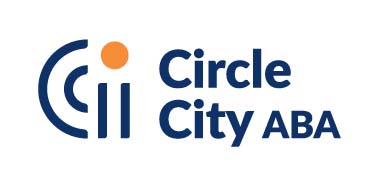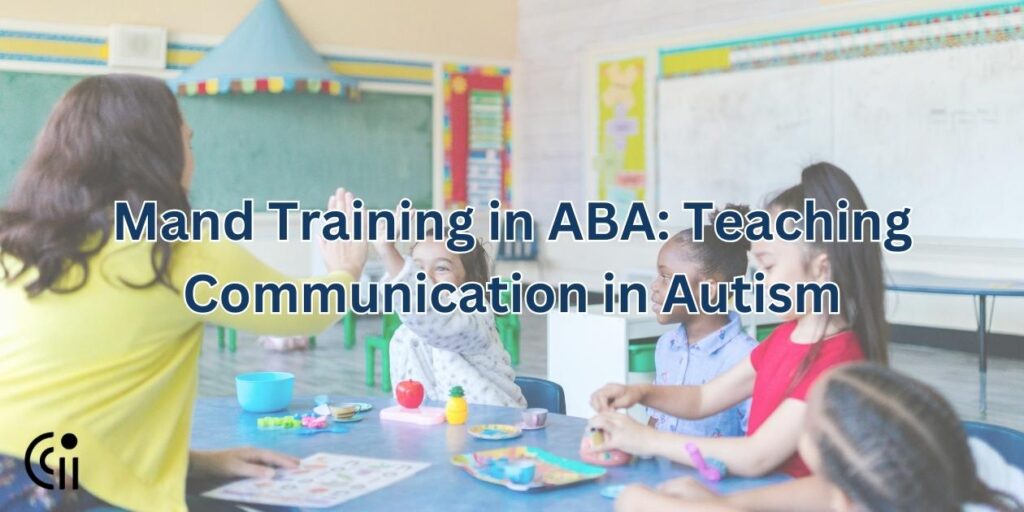Teaching communication to children with autism is essential for helping them express their needs and wants. One effective approach used in ABA therapy is mand training. This method teaches children how to ask for things in a meaningful way. When children learn to communicate effectively, they can reduce frustration and improve their social interactions.
What Is Mand Training in ABA?
Mand training in ABA focuses on teaching children to make requests. A “mand” is simply a request. For example, if a child wants a toy and says, “toy,” that is a mand. This type of communication helps children get what they need while building their language skills.
Mands are important because they are naturally reinforcing. When a child asks for something and gets it, they learn that communication has a purpose. This encourages them to continue using words or other communication methods.
Why Is Mand Training Important for Teaching Communication in Autism?
Many children with autism struggle with communication. Some may not know how to ask for what they want, while others may rely on gestures or behaviors instead of words. Mand training helps by:
- Encouraging functional communication that is meaningful to the child.
- Reducing frustration and challenging behaviors that result from not being understood.
- Helping children gain confidence in using language to interact with others.
By teaching children to request things, we give them a powerful tool to communicate their needs effectively.
How Does Mand Training Work in ABA Therapy?
Mand training follows a simple process to encourage communication. Here’s how it typically works:
- Identify a Motivating Item
The therapist finds something the child really wants, like a favorite toy or snack. - Prompt the Request
If the child reaches for the item without asking, the therapist models the correct request. For example, if the child wants a ball, the therapist might say, “Say ‘ball.'” - Reinforce the Mand
When the child makes an attempt to say the word, they receive the item immediately. This teaches them that using words leads to positive results. - Fade Prompts Over Time
As the child learns to request independently, the therapist reduces the amount of prompting needed.
This process can be used with spoken words, sign language, or communication devices, depending on the child’s needs.
Tips for Parents to Support Mand Training at Home
Parents play a key role in reinforcing communication skills. Here are some simple ways to help:
- Wait for a request before giving an item. Instead of handing your child a snack right away, encourage them to ask for it.
- Use simple words or signs. If your child is nonverbal, using a picture or sign can still be effective.
- Be patient and celebrate small successes. If your child makes any effort to communicate, praise them and provide what they requested.
- Make learning fun. Use favorite toys, foods, or activities to encourage communication naturally.
Start ABA Therapy with Circle City ABA
Mand training is a powerful way to help children with autism develop communication skills. If you want to learn more about how ABA therapy can support your child, Circle City ABA is here to help. Our experienced therapists create personalized plans to meet each child’s needs.
Contact our admissions team today to get started! Our team is ready to guide you through the process and help your child build essential communication skills. Find a location near you. We serve Arizona, Georgia, Indiana, Iowa, and Nebraska.
By using mand training in ABA, children can gain confidence in expressing themselves and develop meaningful connections with others. Start your journey with Circle City ABA today!



